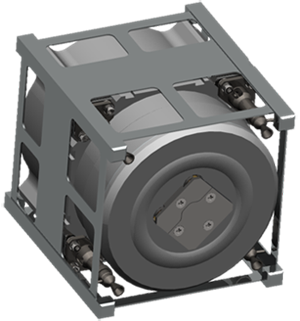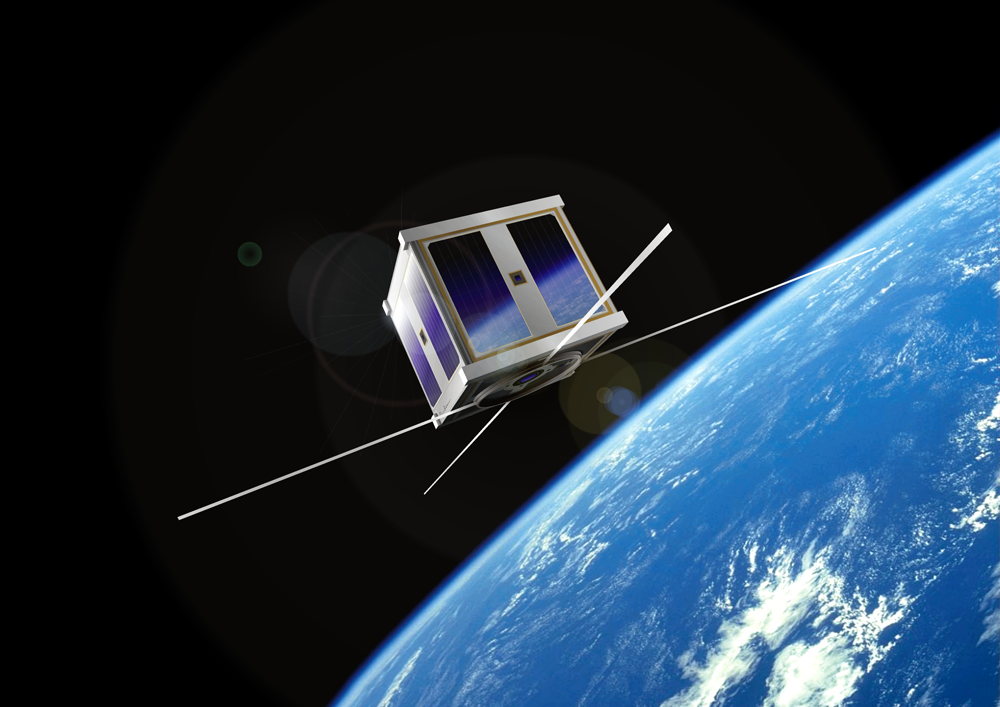Defense manufacturer Aerojet Rocketdyne is continually proving its ability to 3D print rocket systems capable of meeting the high-standards of aerospace. After successfully test firing a small, 3D printed Bantam rocket engine this past June, the company announced yesterday that it has gone on to put its MPS-120™ CubeSat High-Impulse Adaptable Modular Propulsion System™ (CHAMPS ™) – which included a 3D printed titanium piston – through a hot-fire test, demonstrating the system’s readiness for launch into space.

According to the company, the MPS-120 has reached Technology Readiness Level 6 and a Manufacturing Readiness Level 6, demonstrating “more than five times the required throughput as well as several discharges on the propellant tank.” Program manager of the project, Christian Carpenter, said of the test “The MPS-120 hot-fire test is a significant milestone in demonstrating our game-changing propulsion solution, which will make many new CubeSat missions possible. We look forward to identifying customers to demonstrate the technology on an inaugural space flight.”
And, in regards to the 3D printed part, Aerojet Rocketydne VP of Space Advanced Programs Julie Van Kleeck said, “Aerojet Rocketdyne continues to push the envelope with both the development and application of 3-D printed technologies, and this successful test opens a new paradigm of possibilities that is not constrained by the limits of traditional manufacturing techniques.” MPS-120 project engineer Ethan Lorimor described the motivation for 3D printing components for such rocket systems, including reduced time and the increased complexity accomplished by the manufacturing technique, “Demonstrating the speed at which we can manufacture, assemble and test a system like this is a testament to the impact that proper infusion of additive manufacturing and focused teamwork can have on a product. The demonstration proved that the system could be manufactured quickly, with the 3D printing taking only one week and system assembly taking only two days.”

Next, the company will have to qualify the engine of their rocket and finally send it to space. This is just the beginning for the defense manufacturer’s work in micro-satellites and 3D printing. As our writer Shane Taylor wrote in 2013, the company is also looking into 3D printing tiny satellites the size of a coffee mug that can be propelled by the world’s smallest liquid rocket engine. As Shane would say, “for your ease, the complete 3DPI articles archives on:” Aerojet Rocketdyne.


